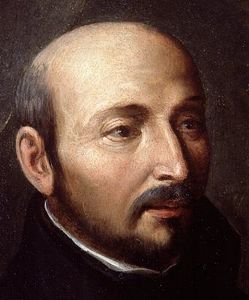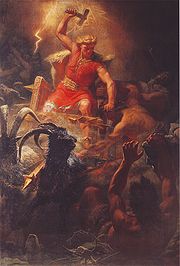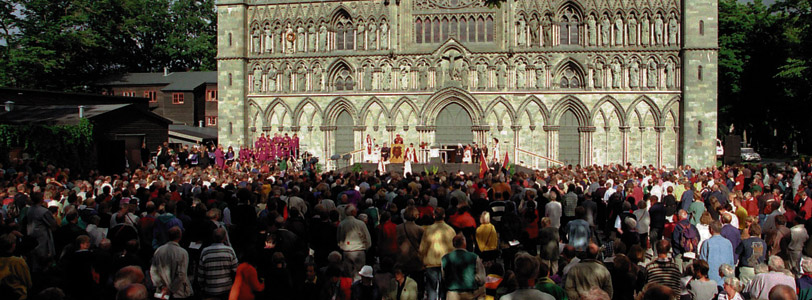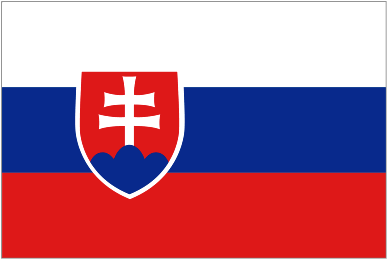August 2-3 (Gregorian) every year; July 20 (O.S.)
The traditional feast day for the saint known as Elijah, Elias, or Ilya is July 20. In and around the Balkan states where St. Elias is most venerated, July 20 in the Eastern Orthodox Calendar falls on August 2 in the Gregorian.
In the Old Testament, Elijah is the Hebrew prophet who rode to heaven in a chariot and who would come back to earth to foretell the coming of the Messiah. He could make fire fall from the sky, as in the case of the showdown at Mt. Carmel, which is how he came to be associated with thunder and lightning among formerly pagan cultures of South-eastern Europe.
In the New Testament, Elijah is one of the prophets—along with Moses—that Peter sees talking with Christ during the Transfiguration. The New Testament also describes St. John the Baptist as an incarnation of Elijah, who came back to announce the coming of Christ.
Elijah’s Greek translation “Elias” suggests the prophet may be a form of the Greek sun god Helios. Helios drove the sun across the sky in a chariot.
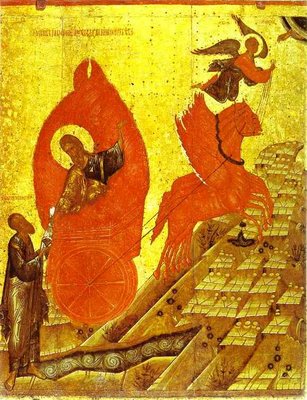
Elias is especially revered in the countries of Macedonia and Bulgaria, where he’s also known as St. Ilya.
In many of the villages of old Macedonian Bulgaria, all the weddings for each town that year would take place on the same day. The most popular days for weddings were St. Peter’s Day (June 29), the Assumption (August 15) and, July 20, St. Elias’s Day, or Ilinden.
“After the conclusion of the liturgy, the oldest inhabitant, flanked by the village priest and the headman, would go to the centre of the village, call the young men together and declare: “God willing, the weddings will commence’. Everyone present then fired a few shots into the air to confirm the start of the wedding ceremonies. This was the signal for red wedding banners, topped with apples wrapped in gold foil, to be hoisted on the houses where weddings had been arranged. The customary preliminary rituals, lasting the best part of a week, were performed by each family individually, but all the couples, with their respective entourages, went to the church to be married one after the other on the same Sunday, and then all assembled on the village green, where they danced the horo together before returning to their separate homes to feast and to carry out the remaining rituals.”
Bulgarian Folk Customs, Mercia MacDermott (summarizing Stefan Verkovich’s account of Ilinden in A Description of the Way of Life of the Macedonian Bulgarians)
In the early years of the 20th century the saint’s feast acquired a whole new meaning. Macedonia at that time was still under control of the Ottoman Empire. In 1903 Macedonian insurgents planned and launched a widespread uprising beginning on Ilinden (August 2, Gregorian). Though the Turks put down the insurrection the following month, the Ilinden Uprising became a symbol of Macedonian nationalism.


